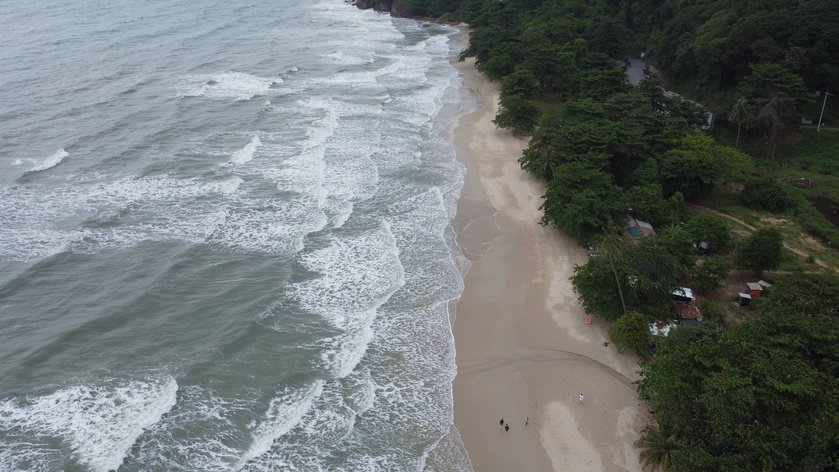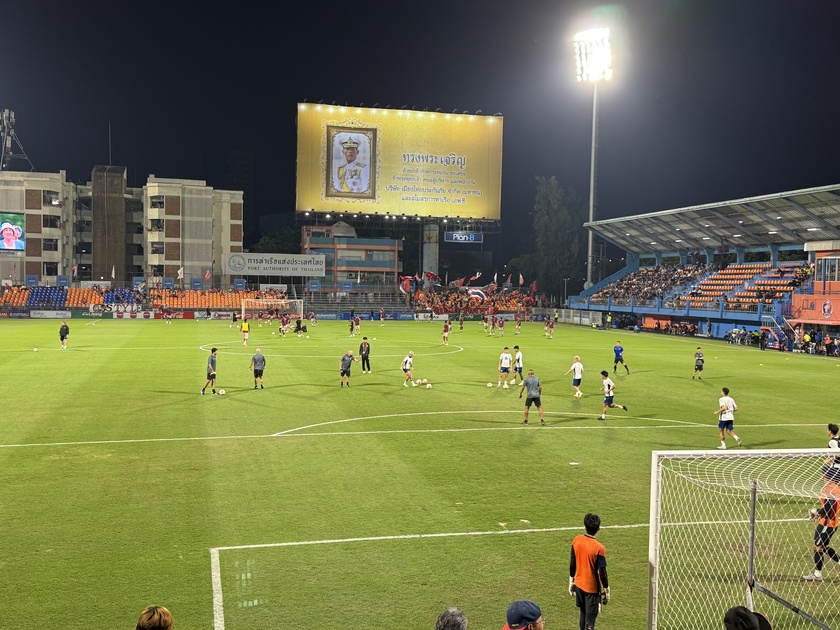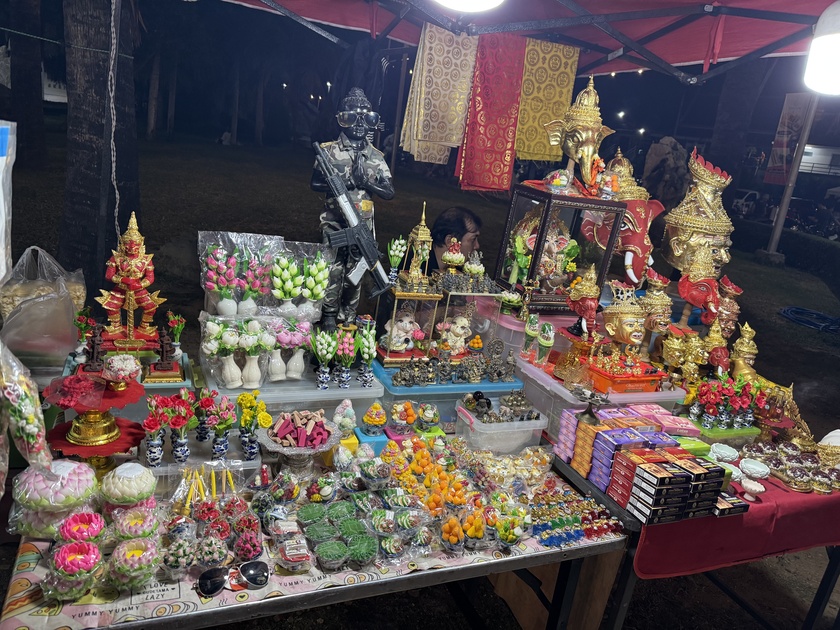Lonely Beach Koh Chang
Lonely Beach on Koh Chang, Thailand, has evolved from a secluded backpacker haven into a vibrant destination with a mix of party atmosphere and more upscale accommodations.
Once known for its tranquility and laid-back vibe, the beach has seen significant development over the years, with an increase in resorts, bars, and restaurants.
The beach is now considered a popular spot for both backpackers and those seeking a more comfortable stay, with options ranging from budget-friendly bungalows to mid-range and luxury resorts. The area is known for its lively nightlife, with several bars and restaurants offering a variety of drinks and meals. The beach itself is described as clean, with soft sand and clear water, making it ideal for relaxation and swimming.
In recent years, Lonely Beach has also become a hub for activities such as diving, snorkeling, and exploring the surrounding nature. The beach is close to several attractions, including waterfalls and jungle trails, and is a ...
Port FC vs Uthai Thani FC: Thai League 1 Matchup – December 7, 2025
The Thai League 1 encounter between Port FC and Uthai Thani FC occurred on December 7, 2025, at PAT Stadium in Bangkok, Thailand. This Round 14 fixture featured Port FC (7-3-3, 24 points, 3rd place) against Uthai Thani FC (3-5-5, 14 points, 10th place) in a contest that showcased Port’s offensive prowess against Uthai Thani’s determined but leaky defense. Kickoff was at 7:00 PM with a lively atmosphere fueled by Port’s dedicated “The Port” fan group.
Port FC emerged victorious with a 3-1 win, extending their unbeaten streak and solidifying their top-tier aspirations. The hosts controlled the tempo, outshooting Uthai Thani despite a brief equalizer. The first half saw Port take the lead in the 24th minute when Peeradol Chamratsamee slotted home after a clever assist from Worachit Kanitsribumphen (1-0). Uthai Thani leveled in the 74th minute through William Weidersjö’s opportunistic strike (1-1), but Port quickly ...
Wat Nuea Floating Market, also known as Suk Jai Floating Market (ตลาดน้ำสุขใจ), is a small, authentic riverside night market held every Friday evening along the eastern bank of the River Kwai in central Kanchanaburi. From 5:00 PM to 9:00 PM, with the liveliest hours between 6:00 and 8:30, the paved promenade and temple grounds in front of Wat Thewa Sangkharam come alive with local vendors. Despite the “floating” name, all stalls are set on land and no vendor boats tie up at the pier; the title is a traditional reference rather than a literal description.
The atmosphere remains relaxed and overwhelmingly local, with string lights stretching above the walkway, live Thai acoustic music drifting from small stages, and families settling in for the evening. The cool river breeze and views of the illuminated Kwai, often with the distant glow of the River Kwai Bridge, create a calm backdrop. Vendors offer a full range of inexpensive Thai street food, iced drinks, clothing,...
Thai long boat racing traces its origins to the Ayutthaya Kingdom (1350–1767), where it began as military training for war canoes that could carry 40–60 soldiers along rivers like the Chao Phraya. Historical records indicate the first organized race occurred during a royal ceremony under King Ekathatsarot (r. 1605–1620), evolving from spontaneous challenges between temple boats during merit-making processions.
By the Rattanakosin era (1782–present), kings like Rama V formalized it as a national spectacle, commissioning carved teak boats and silver trophies, with races tied to the end of Buddhist Lent (Awk Phansa) in September–November when rivers swell post-monsoon.
These events blend sport, spirituality (with boat-blessing rituals invoking river spirits), and community rivalry, featuring 30–55 paddlers per boat chanting rhythmic songs.
Over four centuries, they’ve symbolized Thai riverside life, though modern variants include motorized long-tail races; traditional paddle events ...




















































